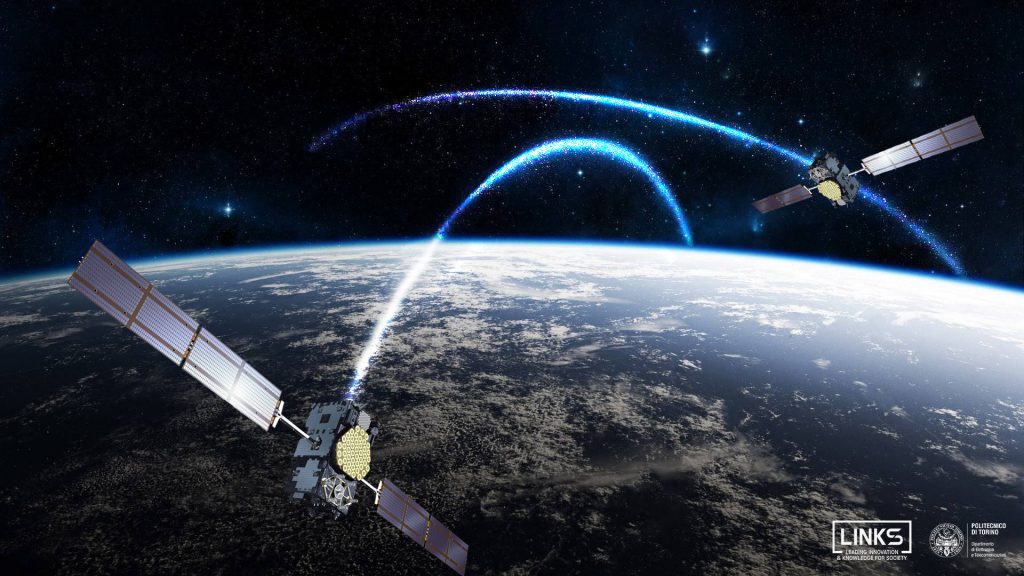Satellite Navigation Systems (ENG) | 03LPXBG
Master of science-level of the Bologna process in Communications And Computer Networks Engineering – Torino
Involved NavSAS People (AA 2020/2021): Fabio Dovis, Alex Minetto, Caner Savas, Wenjian Qin
Course Description
The course aims at introducing the leading-edge radio-positioning and radio-navigation technologies, based on the use of Global Satellite Navigation Systems (GNSS), as for example, the American Global Positioning System (GPS) and the European system Galileo. The course introduces the basic principles of positioning, describes the satellite systems and signals and focuses on the design of user receivers and on the signal processing stages. The course is taught in English.
Course Structure
The course includes theoretical lessons for introducing the basic concepts of positioning and the description of the system architectures. Classroom exercises guide the student in the application of the concept discussed in the theoretical lessons. The exercises aim at acquiring the ability to solve simple problems related to positioning systems and use of signal processing techniques in this field. Text of the exercises is provided to the students in advance and problems are solved in the classroom with proper explanations. The laboratory activity are based on the use of Matlab © software and concerns the implementation of a simplified architecture for the the processing of GNSS signals.

Signal Analysis and Processing (ENG) | 01OGGPT
Bachelor of Science in Information Technology And Automation Systems In Industry (Ict) – Tashkent-Torino
Involved NavSAS People (AA 2020/2021): Fabio Dovis, Alex Minetto, Akmal Rustamov
Course Description
The class describes the main fundamental analysis and processing techniques for deterministic and random continuous-time signals (first part), and for deterministic and random discrete-time signals (second part). The topics are quite multidisciplinary in the sense that these notions and techniques are used in many of the classes that follow.
Course Structure
Theoretical topics are dealt with in regular lectures. Regarding problem-solving, either the teacher solves problems in class on the topics introduced during the lecture, or the students work independently on the suggested problems with guidance from the teacher.

Teoria ed Elaborazione dei Segnali (ITA) | 02MOOPC
Bachelor of Science in Information Technology And Automation Systems In Industry (Ict) – Tashkent-Torino
Involved NavSAS People (AA 2020/2021): Fabio Dovis, Andrea Nardin
Course Description
Obiettivo dell’insegnamento è fornire le basi dell’analisi dei segnali e dell’elaborazione numerica dei segnali. Data la multidisciplinarietà degli argomenti trattati, le conoscenze acquisite sono utili praticamente in tutti i corsi seguenti affrontati dallo studente. Nella prima parte vengono descritte le tecniche di analisi dei segnali deterministici e dei processi stocastici nel dominio del tempo continuo e in quello della frequenza; nella seconda parte si introducono le metodologie di base per il trattamento numerico dei segnali a tempo discreto.
Course Structure
Il corso è costituito da lezioni frontali ed esercitazioni in aula. Durante le esercitazioni, che occupano circa un terzo del corso, viene mostrata la risoluzione di problemi che riguardano il programma svolto a lezione. Il testo delle esercitazioni verrà fornito agli studenti in anticipo.
